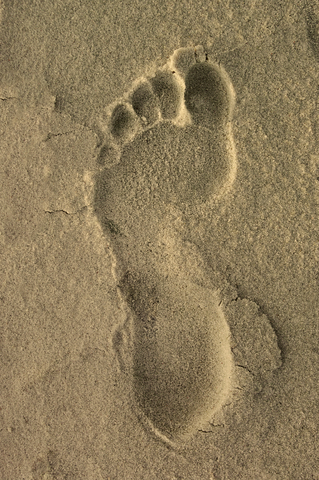
In my house we’ve been talking a lot lately about consumption—more specifically, about the relationship between consumption and our carbon footprint. In the green-building world, when we talk about a footprint, it’s usually related to building design. But Ray Cole at the University of British Columbia and Don Fugler at Canada Mortgage and Housing Corporation (CMHC), among others, have pointed out that the carbon footprint of an individual or a household comprises not just the operation of the home but also several additional elements: personal transportation, consumables (food, clothing, household maintenance supplies, drugstore items, etc.), vacations, and durable goods.
In fact, CMHC’s research suggests that a household’s simplest pathway to net-zero energy may be moving to the city and giving up the use of private automobiles for daily transportation. That option may not be for everyone, but we can all look beyond—and within—the walls of our buildings to find other ways to reduce our footprints.
We typically visualize a footprint in terms of the area it occupies. Picture that adorable iconographic image of your baby’s foot, inked on a piece of paper or immortalized on a ceramic tile; it has two dimensions. But a footprint in sand, for example, has three dimensions: It also has depth. A footprint’s depth is determined by the amount of weight above it. So two people with the same size foot, but different weights, will produce footprints of different depths.
In our family discussions, we have concluded that the depth of one’s footprint is a function of how overweight one is, and by extension, of how much one over-consumes all manner of things, not just food.
I confess, more for economic reasons than as a matter of virtue, that I’ve greatly curtailed my clothing purchases over the past year. I’m also working on cutting back my consumption of other goods; food, too, especially white foods (white flour, white sugar, white rice, white pasta).
My guilty pleasure is catalogs, which feed my aesthete’s lust for beautiful things. I’m working on getting off catalog mailing lists so that I’m not tempted as often. (You can, too, at catalogchoice.org.) And I’m promptly recycling the catalogs that do come in.
Where am I going with this? I know this blog is supposed to be about design, but those of us who are designers design more than homes; we design processes and lifestyles, starting with our own. Every aspect of life is a design project in progress. I’m working to lighten my footprint, by design.
Check out footprintnetwork.org for resources to help lighten yours.
Weekly Newsletter
Get building science and energy efficiency advice, plus special offers, in your inbox.















4 Comments
urban life
We moved from rural Sonoma County to the urban East Bay area, which enabled us to sell one of our cars, and keep the other one parked most of the time.
We were lucky enough to be able to rent a house with a yard, so we're still able to garden. Mostly it's fun, probably not offsetting our foodprint much. But we grow all our salad and cooking herbs, which are high footprint items from the grocery store (due to cleaning, packaging, and refrigerated transport), and we're also raising some meat rabbits.
What's your number?
I've been watching Saul Griffith give his presentation about climate change and his footprint a few times and in a few places (the wonders of the web). I think he does a really fine job of laying this all out, and he begins by asking simply - choose the climate model and the projected rise in global temperature implied by that model that feels right to you, then back it out to see where we need to be to accept our fair share to reach that goal.
A summary, a digest video, and links to the presentation are in a blog post I just did on the topic at homesthatfit.com/blog
The thing I like best is that he concludes that the actions he needs to take personally are actually all aligned with the way he'd prefer to be living.
* Eat less and more healthy
* Exercise more
* Spend more time with my family
* Live closer together
* Spend less time commuting
* Less business travel
* Having higher quality, better designed products
* Breathe cleaner air
* Drink cleaner water
He has also set up wattzon.com - an attempt to use crowdsourcing to develop carbon footprint benchmarks and user data.
Like Marc Rosenbaum likes to say: Think clearly, then act
Broken link FYI
Nice article, Ann--I like your analogies. Just an FYI that the hidden URL for the catalogchoice.org link has a typo (an extra "c") so actually links you to catalogchoice.corg.
Anyway, I hadn't heard of Catalog Choice and am about to sign up & share it with others. Great free service! Thanks for the tip.
Thanks, Katy
We've fixed the broken link — thanks for pointing out the problem.
Log in or create an account to post a comment.
Sign up Log in